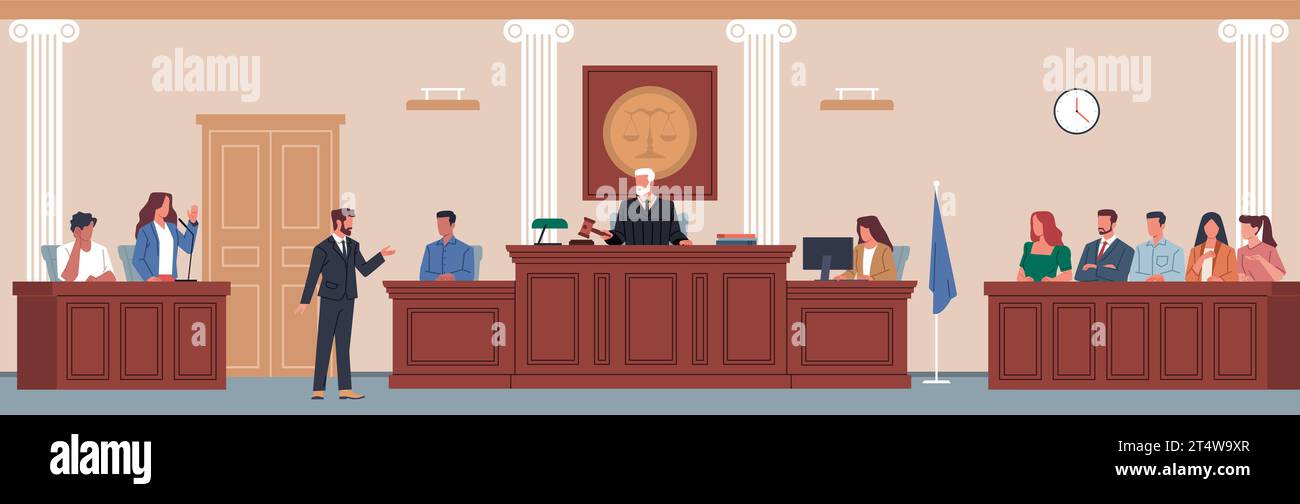Trial Presentation Recognized Experts in Courtroom Technology and Graphics
Trial Presentation Recognized Experts in Courtroom Technology and Graphics
Blog Article
Mastering Test Discussion: Tips for Engaging and Persuasive Courtroom Techniques
In the world of test presentation, the capacity to involve and encourage is paramount. A successful court room approach hinges on understanding the audience, crafting a compelling story, and using efficient visual help. The subtleties of body language and the relevance of practice can not be ignored. Each of these components plays an essential function in shaping the jurors' understandings and choices. The difficulty exists in flawlessly integrating them into a natural discussion. What strategies can genuinely elevate a test discussion from common to phenomenal?
Understanding Your Audience
To properly grasp trial discussion, it is crucial to comprehend your audience. Comprehending their demographics, backgrounds, and potential prejudices can help customize your discussion to reverberate with them effectively.

An awareness of the judge's choices and court room rules is just as crucial, as it can impact the circulation of your presentation. Judges might focus on brevity and quality, so providing your case in a simple way can improve your credibility. Furthermore, identifying the rival advice's strategies can help in preparing counterarguments that successfully address their points.
Eventually, understanding your target market enables you to engage them more properly, cultivating link and persuasion throughout the test (trial presentation). By leveraging insights regarding their motivations and expectations, you can create a compelling presentation that reverberates and eventually affects the result of the case. This fundamental expertise is crucial for any attorney aiming to accomplish success in the court
Crafting an Engaging Narrative
A well-crafted narrative works as the foundation of an effective trial discussion, guiding the target market with the complexities of the situation. This narrative should be structured to engage jurors emotionally and intellectually, making the truths relatable and understandable. By weaving together the elements of the situation-- such as the timeline, essential occasions, and critical testimonies-- lawyers can develop a systematic story that resonates with jurors.
To achieve this, it is necessary to identify the main motifs that will certainly drive the story. Lawyers ought to concentrate on the motivations and objectives of the events involved, showing the human aspects of the situation (trial presentation). This technique not just maintains juror interest however also fosters empathy, leading them to connect personally with the narrative
Each sector of the narrative ought to construct towards a compelling orgasm, finishing in a convincing verdict that enhances the instance's core message. Inevitably, a strong narrative not just clears up the problems at hand but likewise creates a long-term impression that can affect the outcome of the trial.
Using Visual Aids Efficiently
How can visual help improve the effectiveness of a trial presentation? Aesthetic aids act as powerful devices that can significantly improve juror understanding and retention of intricate details - trial presentation. When employed attentively, they can clarify bottom lines, highlight relationships, and stress critical evidence that sustains the situation story
Reliable aesthetic help include charts, graphs, timelines, and images, which can simplify intricate information and provide context. For instance, a timeline can succinctly share the series of events, while a graph can highlight analytical information in a visually appealing way. The strategic use multimedia discussions can Clicking Here also enhance involvement and keep juror passion throughout the test.
Furthermore, aesthetic aids can assist to evoke emotional actions, enhancing the human components of an instance. By offering photos or video clips pertinent to the case, attorneys can create an extra compelling and relatable narrative. Nevertheless, it is vital to ensure that aesthetic help are properly made and not extremely intricate, as this can cause confusion as opposed to quality.
Engaging Body Movement Methods
Visual aids are not the only tools that can improve the effectiveness of a trial discussion; engaging body language strategies likewise play a vital function in recording juror interest and communicating confidence. A presenter's nonverbal hints can substantially affect jurors' assumptions and reactions, making it crucial to grasp these techniques.

In addition, differing your vocal tone and speed can boost helpful hints your storytelling, making it extra engaging. Pausing strategically permits jurors to absorb crucial information and indicates the relevance of what you are stating. Lastly, moving actively within the court can help enhance your factors, gave it does not distract from your message.
Integrating these body movement methods will certainly not only improve your court room existence however also cultivate a more influential link with jurors, ultimately adding to the success of your test presentation.
Practicing for Effect
Effective trial presentations hinge not just on the web content however also on the distribution, making technique crucial for impact. The relevance of practice session can not be overstated; it enables lawyers to fine-tune their disagreements and establish a powerful presence in the court. Engaging in intentional technique helps attorneys to recognize their toughness and weak points, allowing them to readjust their pacing, tone, and body movement as necessary.
To practice for effect, simulate trial conditions as carefully as possible. This includes making use of aesthetic aids, practicing before associates, and soliciting positive feedback. Recording session can likewise offer important understandings into distribution style and audience involvement. Focus on clarity in speech, making sure that complicated lawful principles are communicated properly to the jury.

Verdict
Understanding trial discussion entails a diverse approach that combines audience understanding, narrative advancement, visual help, and body language. Strenuous technique in substitute setups better solidifies these strategies, guaranteeing that each discussion resonates and leaves a lasting impression on the court.
Report this page